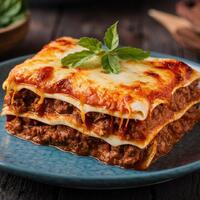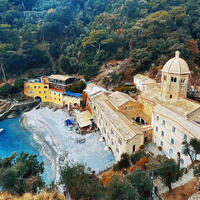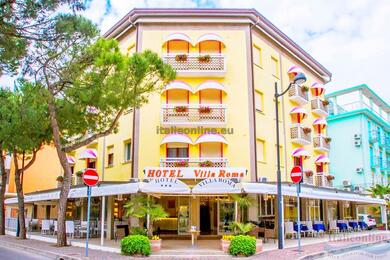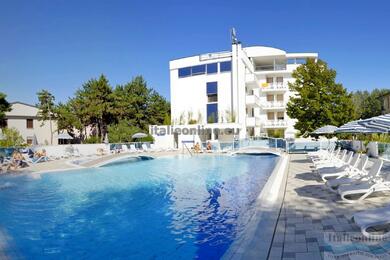Bologna, the capital of the Emilia-Romagna region, is world-famous for its arcades, medieval squares, the Torre degli Asinelli and Garisenda towers and other sights. But anyone who hasn't tasted the local tortellini is as good as gone.
Many traditional dishes are served in Bologna: from cotoletta Bolognese (veal slice with Parma ham and Parmigiano-Reggiano) to torta di riso (traditional Italian rice cake) to the famous egg pasta, be it tagliatelle al ragù or tortellini in brodo. Tortellini have always been considered a purely Bolognese dish. Few people know that Bologna and Modena still argue about their origins.
Tortellini
What we call tortellini today (the name probably comes from the diminutive of the word tortello, which in turn is derived from the Italian torta) is mostmost likely the heir to a long line of idioms that originated in poorer and more populous social classes.
Tortellini is a ring-shaped stuffed pasta. The original recipe uses fresh yellow pasta, which is made with one egg per 100g of flour and carefully rolled out by hand. The filling contains pork tenderloin, prosciutto, mortadella di Bologna, Parmigiano Reggiano, egg and nutmeg. All served with meat broth, of course.

And how did the tortellini come to be? Legend has it that the beautiful Marchesina came to spend the night at the inn in Castelfranco Emilia, which was then part of Bologna, after a long journey. The innkeeper, enchanted by her beauty, peered into the room through a keyhole. Inspired, he created a tortellino that resembled a noblewoman's navel.
One of the important dates for tortellini, however, is 1904, when the Bartani brothers from Emilia Romagna presented them at the Los Angeles Fair: from that moment on, tortellini became known all over the world.







